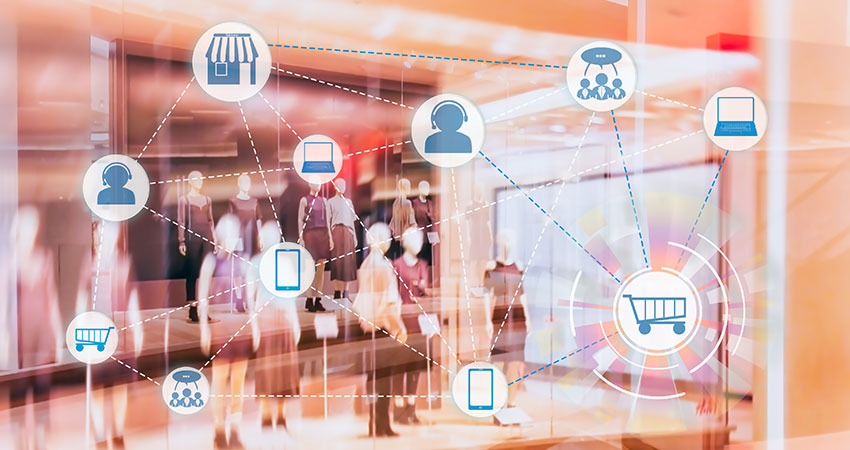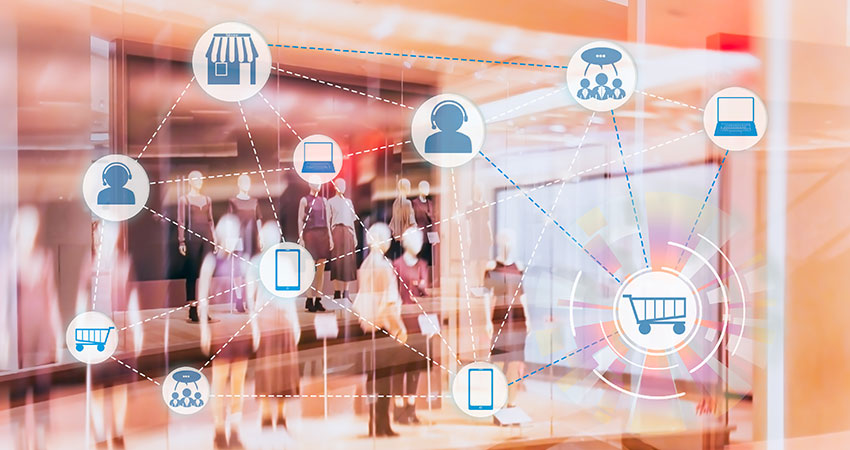
In business, easy-to-understand buzzwords and simplistic concepts are often touted as surefire prescriptions for success. Unfortunately, business is not so easy. What worked yesterday becomes clichéd tomorrow. And in retail, there’s one concept that has passed its sell-by date: omnichannel.
It’s about time retailers drop the term from their vocabulary. Once the buzzword du jour, omnichannel as a strategy is now table stakes, incapable of making one retailer stand apart from another.
Sure, a customer needs to be able to easily purchase your products, whether online, on a mobile device or in store. But today that’s a given, not a differentiator.
Creating an omnichannel experience is not even that difficult. What is much harder is giving your customers a reason to shop, a belief that you are looking out for and providing them with unique experiences that they appreciate.
And that’s become even more necessary in today’s environment. Adding to retailer woes are product price increases from foreign tariffs and reduced borrowing due to higher interest rates, which will pressure retailers to fight for what will become reduced disposable income for many.
Good and Bad Experiences
JC Penney is a chain that has taken a serious hit. Once beloved by customers for its ubiquitous discount coupons, consumers fled in droves when its CEO declared coupons dead and everyday low prices the future.
JC Penney got into this mess largely because it doesn’t know who its audience is. The company constantly shifts its focus between different female age groups, and its clothing line has been decried as uninspiring and dated. It recently announced it would stop selling appliances to focus more on apparel.
Adding to its woes is that many of its outlets are in tired, lower-end malls. One store outside of Los Angeles beckons customers with an exterior covered in large, glossy 1960s-era orange porcelain tiles that scream Laugh-In, the old TV show.
The one bright light in JC Penney stores is Sephora, with its stores-within-a-store. The French cosmetics chain has built a loyal following and strong sales by taking care of their customers.
Each Sephora outlet—standalone or in another retailer—allows consumers to try on makeup aided by a professional, in an atmosphere that features soft music and well-dressed, cordial staff. The stores carry a full line of house-branded makeup and major prestige labels, a range of free in-store classes that one can explore on its website, and the ability to chat with a community of other Sephora fans. It’s all about customers feeling better about themselves.
Contrast Sephora’s strong success with L Brands’ floundering position. The parent company of Victoria’s Secret has seen its in-store sales drop 6%. Last year, it closed down its high-end legendary Henri Bendel chain. And once regarded as the epitome of female aspiration, Victoria’s Secret has been battered by a societal change in which young women are increasingly embracing their uniqueness rather than trying to live up to an impossible ideal.
The company also stumbled by eliminating its swimwear line and its famous catalog, which just a few years ago was sent to 250 million people. In short, the company was not being sensitive to what its customers wanted. Instead of treating them as individuals, it looked strictly at its short-term bottom line, and drove away its key clientele.
Like omnichannel, you would think the concept of creating a great customer experience should be obvious by now. Yet in reality it’s only beginning to seep into the consciousness of retailers. A positive sign: at NRF 2019 conference, “Retail’s Big Show,” the majority of presentations were under the “customer experience” rubric.
What Are They Really Selling?
Amazon doesn’t sell books or food or diapers. It sells an incomparable customer experience based on comfort and convenience. What other retailer not only lets you return items for free, but often lets you keep them and gives you a refund regardless?
Costco isn’t selling paper towels; it’s selling an adventure of low prices and unique, ever-changing offerings. With its maximum markup of 10% and a 2% profit margin, customers know that the chain is on their side.
Kroger, the nation’s largest grocery chain, is not selling groceries; it’s selling an easy way to eat. And it will provide it to customers whether they want to make their own meals, buy fully-prepared ones, or even dine out.
This new category even has a (pretty awkward) name: groceraunt. Kroger entered it in 2017 with its first Kitchen 1883 restaurant. Attached to its Lexington, KY grocery, the restaurant features regional, American comfort food at reasonable prices. With glowing Yelp reviews, lines have been out the door.
Kitchen 1883 isn’t simply to increase profits; it’s using it as a food lab, getting a better sense of what its customers want to eat and are willing to pay. This gives it a leg up for any future venture into providing hot, prepared foods for time-starved millennials.
The company is also rolling out its Scan, Bag, Go technology, allowing customers to simply scan the items in their cart and leave without ever having to wait in a checkout line.
Not to be outdone, Gelson’s, an upscale Southern California grocery chain, is opening tapas, wine and beer bars inside its grocery stores. Why would anyone want to have a drink in a grocery? Because Gelson’s employees will even do the shopping for you while you relax or meet friends for lunch.
Costco isn’t losing money by providing free samples. It’s encouraging people to try new products and motivating them to come more often. Because there are no two more powerful words in the English language than “free food.”
What Are the Winners Doing?
The common bottom line: These retailers are finding out what the customer wants, and then figuring out unique ways to provide it.
But what works today may become stale tomorrow—just like omnichannel. To avoid that, retailers need to use augmented intelligence to understand the changing context behind customer trends so that continuous improvement becomes the goal. Ensure that innovative strategies remain innovative. Give the customer continuously new experiences, and engage with them in highly personalized ways to meet their ever-rising expectations.
Whether you’re constantly updating your menu, moving the merchandise around to force customers to pass things they’ve never seen, or using technology to determine each individual customer’s preferences and appealing directly to them, the need to sell unique and gratifying experiences to each consumer never stops.
And when customer experience itself become a tired buzzword, as it surely will, the retail industry – and the consumer – will have succeeded.
Seeta Hariharan is General Manager and Group Head, TCS Digital Software & Solutions Group

